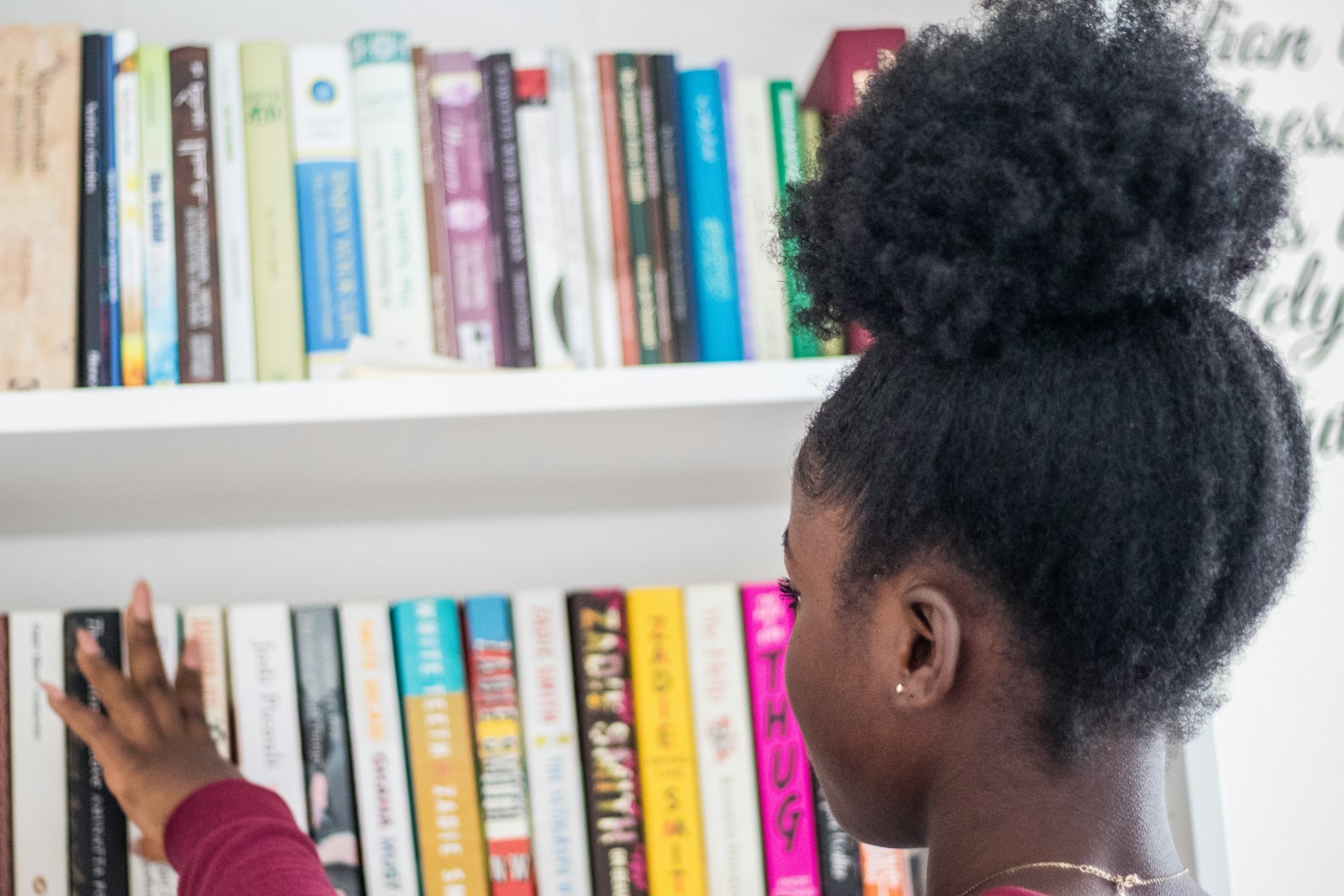Source: the author
Paperback, 236 pgs.
I am an Amazon Affiliate
Were We Awake: Stories by L.M. Brown explores our own hidden lives and the lies we tell ourselves just to keep up appearances or bury the pain we feel. Funny thing about lies, they have a way of surfacing when we least expect it. Some lies come to light when we’re children and blow our idyllic lives to bits and change us for years, while others are of our own making and we only hurt ourselves when we refuse to acknowledge them.
Brown’s characters are every day people living sometimes hard lives and other times simple lives, but none of them are easy. Some have lost themselves since marriage or children, while others have never had the chance to find themselves before tragedy strikes. Set abroad in Ireland and other locations, as well as in Massachusetts, these families find that their own lives are not what they thought they were. Brown understands how to write the lives of ordinary people, those who work hard for a living and those who are house wives caring for children. Although these are modern families, in many ways they could be the families in small towns in any time period with a few detail changes.
One of the most harrowing is the tragic death of Nick Moody, and his story reverberates through the tiny community, the life of a young bar worker, Margaret, who runs to Australia, and through the lives of his wife and mistress. This is a death that is as yet unsolved by the police, but despite the speculation of what happened to Nick, the townspeople would be surprised by the hidden lives of his intimate circle, including Nick.
Were We Awake: Stories by L.M. Brown is a collection of stories that is engaging from page one to the end. I couldn’t put it down and read it in one day. I was riveted. Not all of these stories will be for everyone, as there is adultery and other hard topics to read, but there is nothing overly graphic here. Brown is a masterful writer of short stories; you’ll turn the last page and feel as if waking from a dream – a dream you’ll be happy to have left, but conscious of its lessons.
RATING: Cinquain










 In
In  Timmins’ inn—on the outskirts of a village, surrounded by woods—as well as the events that take place there, which are, at least at the beginning, pretty frightening for our dear couple. Thus, The Dancing Bear was conceived.
Timmins’ inn—on the outskirts of a village, surrounded by woods—as well as the events that take place there, which are, at least at the beginning, pretty frightening for our dear couple. Thus, The Dancing Bear was conceived. The room in which Darcy and Elizabeth spend most of their time in the story belongs to Mr Timmins’ sister, who acts as a housekeeper-come-cook. Her role is pertinent because it demanded certain features be in the room that were essential to the story. I took the inspiration for this room from the housekeeper’s apartments at the beautifully restored Regency Townhouse in Brighton (a visit to which I heartily recommend to anyone interested in Regency life). The room at the townhouse (pictured) differs from the one in
The room in which Darcy and Elizabeth spend most of their time in the story belongs to Mr Timmins’ sister, who acts as a housekeeper-come-cook. Her role is pertinent because it demanded certain features be in the room that were essential to the story. I took the inspiration for this room from the housekeeper’s apartments at the beautifully restored Regency Townhouse in Brighton (a visit to which I heartily recommend to anyone interested in Regency life). The room at the townhouse (pictured) differs from the one in  Purpose-built for a housekeeper by the C19th architect, it has a large walk-in cupboard where she would have kept all the most expensive domestic items carefully locked away. You’ll have to read the story to find out why this was such an important feature to have in the room, though…
Purpose-built for a housekeeper by the C19th architect, it has a large walk-in cupboard where she would have kept all the most expensive domestic items carefully locked away. You’ll have to read the story to find out why this was such an important feature to have in the room, though… The taproom at The Dancing Bear is themed around the interior of a wonderful old hotel in my own hometown of Hertford. The Salisbury Arms (originally The Bell) is a coaching inn dating back to the fifteenth century. It has two front parlours, a taproom and a restaurant; three more rooms than I gave The Dancing Bear, which only has one taproom. The gorgeous old room in this picture shows the mixture of bricks, plaster and timber frame that I imagine made up the walls of Mr Timmins’ humble inn.
The taproom at The Dancing Bear is themed around the interior of a wonderful old hotel in my own hometown of Hertford. The Salisbury Arms (originally The Bell) is a coaching inn dating back to the fifteenth century. It has two front parlours, a taproom and a restaurant; three more rooms than I gave The Dancing Bear, which only has one taproom. The gorgeous old room in this picture shows the mixture of bricks, plaster and timber frame that I imagine made up the walls of Mr Timmins’ humble inn. writing about can prove problematic if I don’t have a clear idea of that space. Characters can end up whispering to someone too far away to hear, walking through a door that wasn’t there moments before, sitting down in a chair where another character is already perched … the potential for pitfalls is endless. I find that having in mind a particular room I’ve visited or seen in a photo, or even sketched out on paper, helps me better inhabit the space I’m describing, thereby ensuring that what I write makes sense. The way the furniture is arranged in a circle around this particular room, with one chair closest to the door, from which a person might hold a quiet conversation with someone half-in and half-out of the room whilst everyone else talks amongst themselves, proved remarkably useful to a certain gentleman protagonist in
writing about can prove problematic if I don’t have a clear idea of that space. Characters can end up whispering to someone too far away to hear, walking through a door that wasn’t there moments before, sitting down in a chair where another character is already perched … the potential for pitfalls is endless. I find that having in mind a particular room I’ve visited or seen in a photo, or even sketched out on paper, helps me better inhabit the space I’m describing, thereby ensuring that what I write makes sense. The way the furniture is arranged in a circle around this particular room, with one chair closest to the door, from which a person might hold a quiet conversation with someone half-in and half-out of the room whilst everyone else talks amongst themselves, proved remarkably useful to a certain gentleman protagonist in 
 About the Author:
About the Author:






